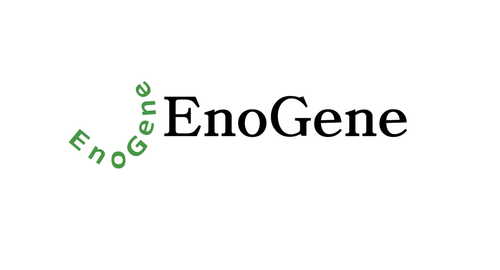Product Description
Oct-2 (H3) polyclonal Antibody | BS1261 | Bioworld
Host: Rabbit
Reactivity: Human,Mouse
Application: WB IHC IF
Application Range: WB: 1:500~1:1000 IHC: 1:50~1:200 IF: 1:50~1:200
Background: Organic cation transporters (OCT) are expressed in the plasma membrane of epithelial cells from a wide range of tissues, where they function in the elimination of endogenous amines, cationic drugs and other xenobiotics. In humans, OCT1 is primarily expressed in the liver while OCT2 is expressed in the kidney. OCT3 is expressed in the placenta, skeletal muscle, prostate, aorta and liver. OCT3, also known as extraneuronal monoamine transporter, is widely expressed in different regions of the brain including the hippocampus, cerebellum and cerebral cortex. OCT3 mediates the uptake of several neuroactive agents, including dopamine, and may play an important role in the disposition of neurotransmitters and cationic neurotoxins in the brain. The genes encoding human OCT1–3 map to a conserved cluster at chromosome 6q26-q27.
Storage & Stability: Store at 4°C short term. Aliquot and store at -20°C long term. Avoid freeze-thaw cycles.
Specificity: OCT2/OTF2 (H3) polyclonal Antibody detects endogenous levels of OCT2/OTF2 (H3) protein.
Molecular Weight: ~ 58 kDa
Note: For research use only, not for use in diagnostic procedure.
Alternative Names: POU domain, class 2, transcription factor 2; Lymphoid-restricted immunoglobulin octamer-binding protein NF-A2; Octamer-binding protein 2; Oct-2; Octamer-binding transcription factor 2; OTF-2; POU2F2; OCT2; OTF2
Immunogen: Synthetic peptide, corresponding to the N-terminus of Human Oct-2.
Conjugate: Unconjugated
Modification: Unmodification
Purification & Purity: The Antibody was affinity-purified from rabbit antiserum by affinity-chromatography using epitope-specific immunogen and the purity is > 95% (by SDS-PAGE) .
Pathway:
 Euro
Euro
 USD
USD
 British Pound
British Pound
 NULL
NULL








